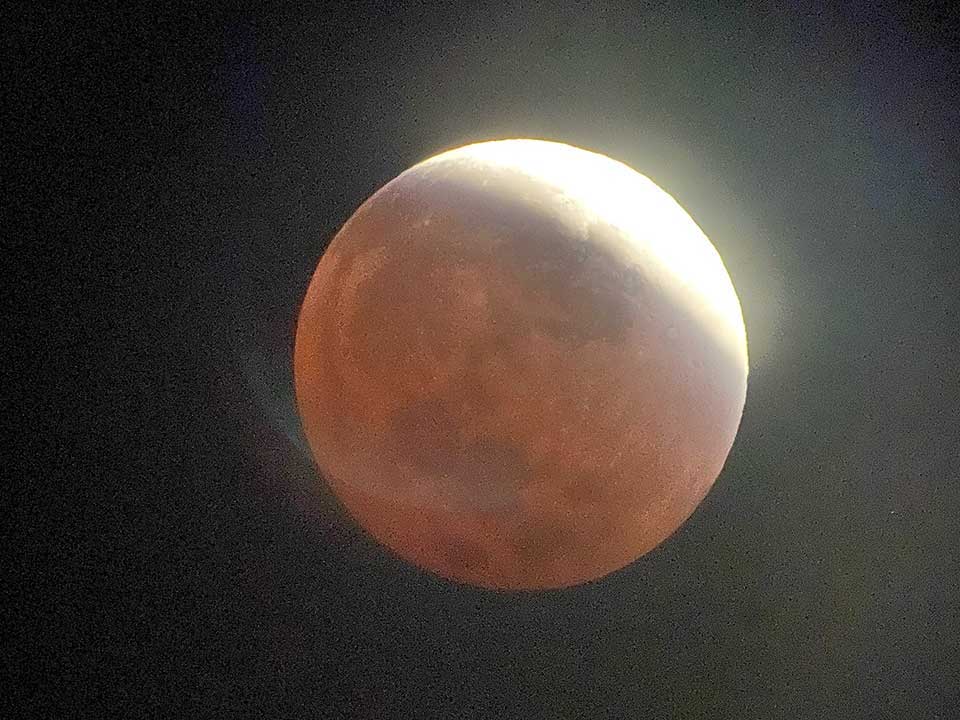Double Stars to Dazzle Stargazers

Following the breathtaking lunar eclipse earlier in the week, the Westmont Observatory opens to the public for its monthly event with the powerful Keck Telescope on Friday, May 20, beginning at sunset and lasting a few hours. Face coverings will be required at the event, which is co-hosted by the Santa Barbara Astronomical Unit.
The evening will begin with a focus on one of the most stunning double stars. The constellation Boötes, the herdsman, will be high in the sky, featuring Izar or Pulcherrima, which means the most beautiful in Latin. “This star system consists of a green-gold pairing,” says Thomas Whittemore, Westmont emeritus instructor of physics and SBAU member. “Located some 210 light-years from us, the primary component is 35 times the size of our sun.”
Later, the viewing will feature several globular clusters, including Messier 3. “Although M3 lies 35,000 light-years away, it’s still part of our home galaxy, the Milky Way,” Whittemore says. “Like most globular clusters, M3 contains tens of thousands of old stars — stars far older than our sun.”
Next, Whittemore will zoom in on Messier 13, the Great Globular Cluster in Hercules. “Closer to us than M3, M13 lies 26,000 light-years away and hosts hundreds of thousands of old stars,” he says. “This cluster was given some fame in the early 1960s by being the target of a radio message sent by Frank Drake from the Arecibo Radio Telescope in Puerto Rico. Turnaround time for a radio response from an intelligent civilization in the cluster would be 52,000 years, but Drake’s push for communication spawned the SETI movement.”
While in Hercules’ neighborhood, stargazers will get a glimpse of another beautiful double star, Rasalgethi. “This star system will be easy to split with Westmont’s refractor, but my interest with this pair is what colors will our visitors see?” Whittemore says. “Some see green in one of the components, others see yellow.”
Westmont hosts a free, public viewing on the third Friday of every month. Free parking is available near the Westmont Observatory, which is between the baseball field and the track and field/soccer complex.





